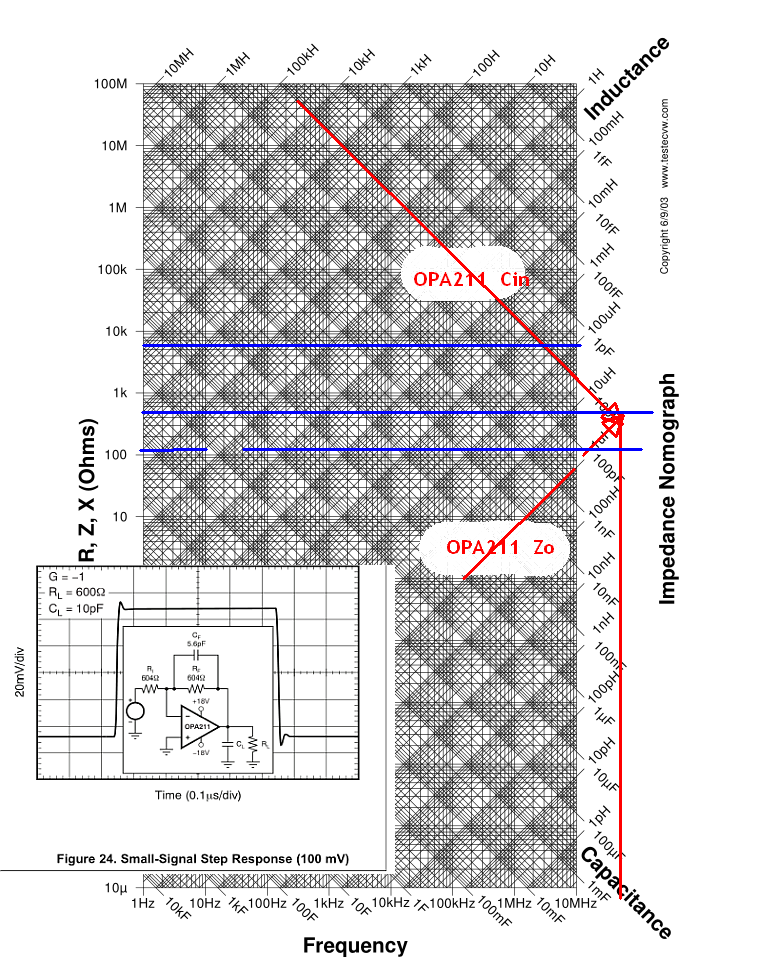The instability comes from stray positive feedback (p3) being more than the stray negative feedback (p2).
All it takes is 0.1pF difference at unit gain and you can get oscillation and your are almost there.
The resistors and the tracks form to make weak capacitors.
Layout is crucial in these designs.
The Zo also rises to 50 Ohms @10MHz from lack of negative feedback gain which forms another LPF with 10k. @2MHz
Taking a closer look at the datasheet, Fig 24 shows the optimal response peaking with about 5% overshoot as they show is with 6.8pF of added neg. feedback and 680 Ohms for R instead of 10k. The 10pF load is intended to simulate a 10:1 probe may also affect this value.
This Op Amp is not ideal for a unity gain HF 50 Ohm buffer.

The OPA211 Zout from the datasheet is equivalent to an impedance of 1 uH.
Conclusion:
You cannot always get full BW from unity gain at GBW product. This is a fact that Damn Fast Buffers are hard to perfect and this one is no exception. This IC has been surpassed by many others preceding it with 100x more bandwidth, using current feedback.
Even this one has 100MHz power bandwidth circa '75
If you want better results, give better specs. This one has a compromise in achieving very low noise and low supply current. What do you really need?
